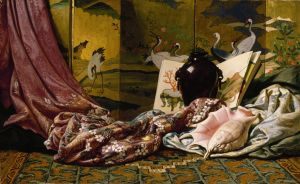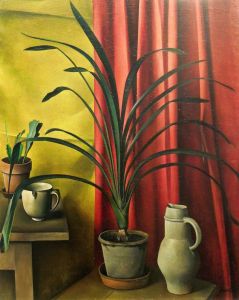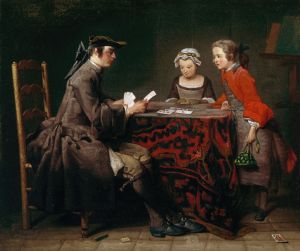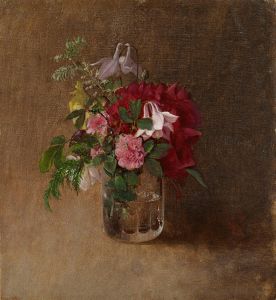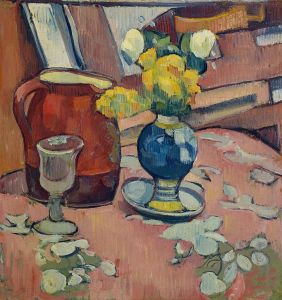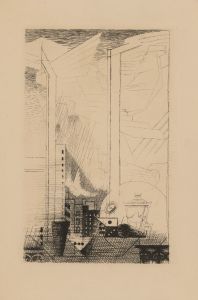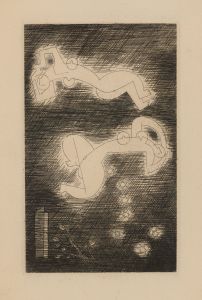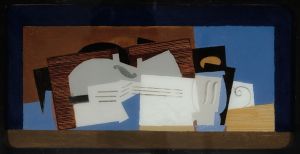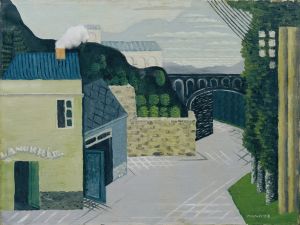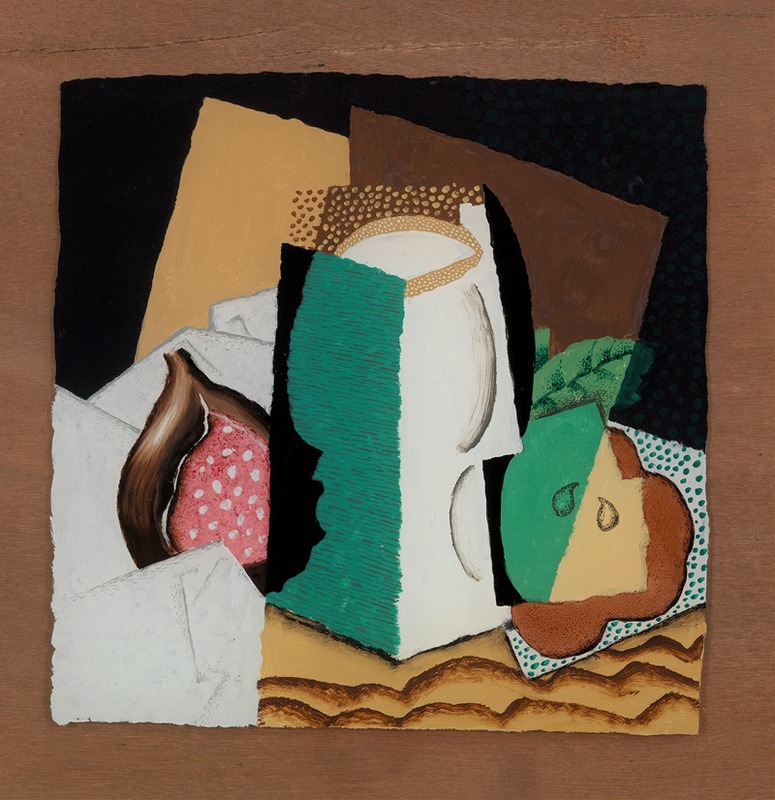
Glass and Fruit
A hand-painted replica of Louis Marcoussis’s masterpiece Glass and Fruit, meticulously crafted by professional artists to capture the true essence of the original. Each piece is created with museum-quality canvas and rare mineral pigments, carefully painted by experienced artists with delicate brushstrokes and rich, layered colors to perfectly recreate the texture of the original artwork. Unlike machine-printed reproductions, this hand-painted version brings the painting to life, infused with the artist’s emotions and skill in every stroke. Whether for personal collection or home decoration, it instantly elevates the artistic atmosphere of any space.
Louis Marcoussis, born Ludwik Kazimierz Wladyslaw Markus in Warsaw, Poland, was a prominent painter and engraver associated with the Cubist movement. His work "Glass and Fruit" is a notable example of his contribution to Cubism, a revolutionary art movement that emerged in the early 20th century, characterized by fragmented and abstracted forms.
"Glass and Fruit" exemplifies Marcoussis's mastery in deconstructing and reassembling objects to present multiple perspectives within a single plane. The painting features a still life composition, a common subject in Cubist art, where everyday objects are depicted in a way that challenges traditional representation. In this piece, Marcoussis uses a muted color palette, typical of the Cubist style, which emphasizes form and structure over color.
The painting portrays a glass and pieces of fruit, likely apples or pears, arranged in a seemingly disordered manner. However, this apparent disorder is a deliberate technique used by Marcoussis to explore the relationship between the objects and the space they occupy. The glass, with its transparent quality, is rendered in geometric shapes, intersecting with the solid forms of the fruit. This interplay creates a dynamic composition that invites viewers to engage with the painting from multiple angles.
Marcoussis's technique involves breaking down the objects into basic geometric shapes such as cubes, spheres, and cones, and then reassembling them in a way that suggests their three-dimensional form on a two-dimensional surface. This method not only reflects the influence of fellow Cubists like Pablo Picasso and Georges Braque but also demonstrates Marcoussis's unique approach to the movement. His background in engraving is evident in the precise lines and meticulous attention to detail that characterize his work.
"Glass and Fruit" also reflects the broader cultural and artistic context of the time. The early 20th century was a period of rapid technological and social change, and artists like Marcoussis sought to capture the complexity and dynamism of the modern world. Cubism, with its emphasis on abstraction and multiple viewpoints, was a response to these changes, challenging traditional notions of perspective and representation.
Marcoussis moved to Paris in 1903, where he became part of the vibrant artistic community in Montparnasse. He adopted the name Louis Marcoussis in 1910, a nod to the French village of Marcoussis, and began to gain recognition for his work. His association with leading artists of the time, including Picasso, Braque, and Juan Gris, influenced his development as a Cubist painter.
"Glass and Fruit" is a testament to Marcoussis's skill and innovation as an artist. It captures the essence of Cubism, with its fragmented forms and abstracted representation, while also showcasing his individual style. The painting remains an important work in the history of modern art, reflecting the creative and intellectual currents of its time.
In summary, "Glass and Fruit" by Louis Marcoussis is a significant Cubist painting that exemplifies the artist's ability to deconstruct and reassemble everyday objects into dynamic compositions. Through his use of geometric shapes and muted colors, Marcoussis challenges traditional representation and invites viewers to see the world from multiple perspectives. His work continues to be celebrated for its contribution to the Cubist movement and its reflection of the early 20th-century artistic milieu.





